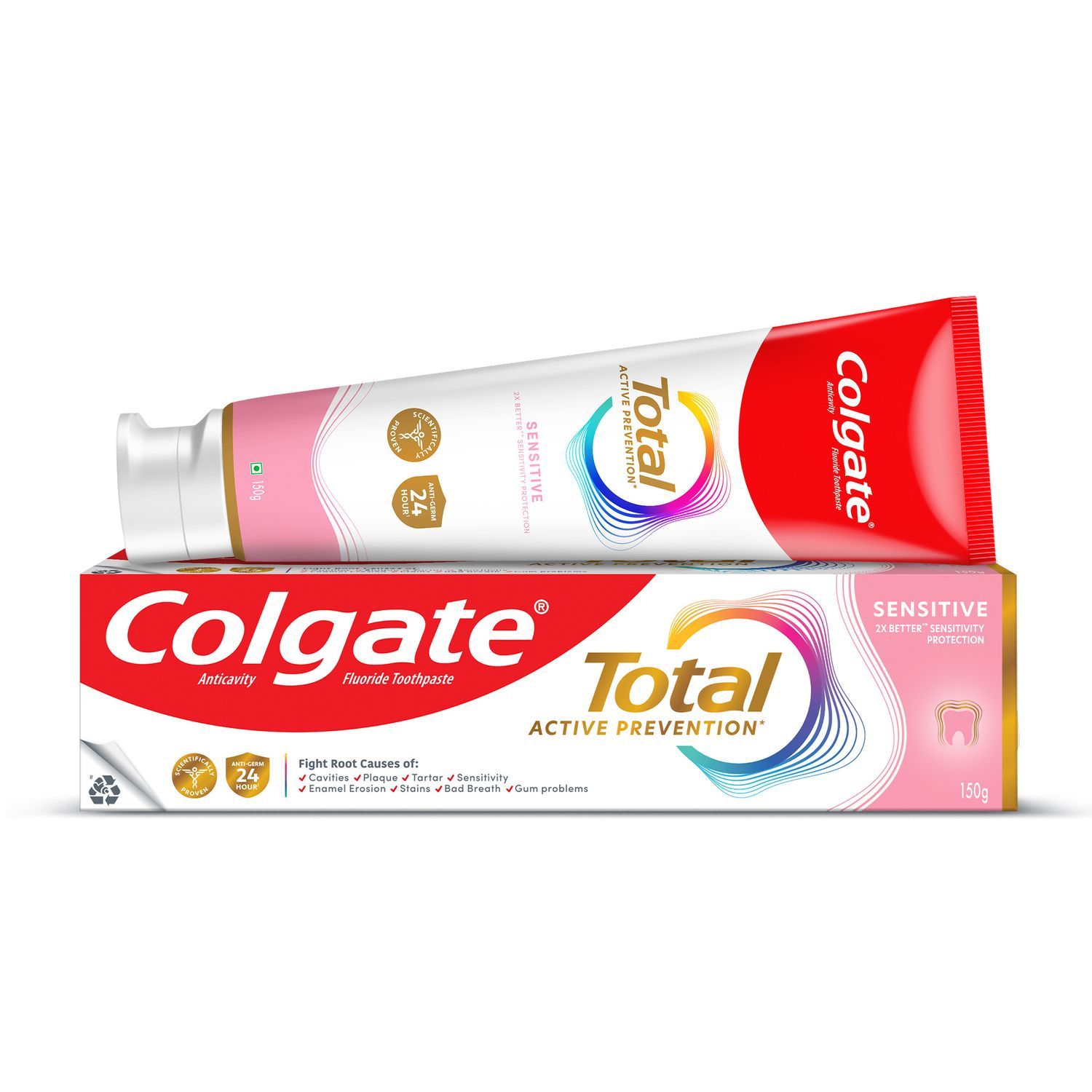-
-

TEETH WHITENING
What Is Stannous Fluoride Toothpaste?Stannous fluoride toothpaste helps prevent cavities, reduce sensitivity, fight plaque, and support daily gum and enamel health.

Selecting Dental Products
Best Toothpaste in India: Five Dentist-Recommended TypesToothpastes today are formulated to meet your every dental need and come in many flavours. Have your dental professional suggest the best toothpaste in India.
-
Science & Innovation
- ORAL HEALTH CHECK
- PRODUCT MATCH
- Colgate® | Toothpaste, Toothbrushes & Oral Care Resources
- Oral Health
- Bad Breath
- Got The Bad Breath Blues?


If you have chronic bad breath, then you know how embarrassing this problem can be. But don’t just mask the odor with breath mints and gum. That’s like cleaning an old car, rather than servicing the engine – it doesn’t get to the root of the problem.
Start by getting an accurate diagnosis from your dentist. Once you know the specific cause of your bad breath, then you can address it while also keeping up with your excellent oral care habits.
But what’s the actual cause of bad breath? Get ready to...
Forget bad breath blues, freshen it with the Colgate MaxFresh Charcoal toothpaste formula!
…Say hi to halitosis
Bad breath, also known as halitosis, is characterized by an unpleasant oral odor. This can make simple things like having a close conversation with someone quite embarrassing. Brushing and flossing can help by removing germs and other substances from the mouth that can create a foul smell.
But what if you still experience symptoms even with good oral hygiene?
Determining the cause of bad breath can be tricky without the help of a healthcare professional because there are so many possibilities.
Here are three possible causes:
- Simple factors such as the nature of your eating habits or poor dental hygiene can lead to halitosis.
- Other oral health issues such as dry mouth and gum disease may be the culprit.
- Having chronic bad breath can also indicate a serious health problem such as a respiratory infection or problems with the liver or kidneys.
120 seconds x 2 = bye bye, bad breath
Your dentist or doctor can talk to you about ways to address any health issues that are triggering halitosis. You should also practice great oral care habits.
Brushing twice a day and flossing daily will help to control germs in the mouth. Brush for two minutes at a time, brushing all surfaces of teeth and your tongue with a Colgate 360 toothbrush.
For that fresh-mouth feel, try a toothpaste that is designed to combat bad breath such as the Colgate Max Fresh with Mini Breath Strips toothpaste. Use floss to keep the spaces in between your teeth clean. You can also use an interdental brush to clean hard-to-reach places.
Regular dental visits are another part of good oral hygiene. See your dentist twice a year for a check-up, a professional cleaning with the dental hygienist and to talk about any oral health concerns that you may have.
Original content by Brenna Stone
This article is intended to promote understanding of and knowledge about general oral health topics. It is not intended to be a substitute for professional advice, diagnosis or treatment. Always seek the advice of your dentist or other qualified healthcare provider with any questions you may have regarding a medical condition or treatment.
ORAL HEALTH QUIZ
What's behind your smile?
Take our Oral Health assessment to get the most from your oral care routine
2.3 billion
people worldwide suffer from tooth decay
ORAL HEALTH QUIZ
What's behind your smile?
Take our Oral Health assessment to get the most from your oral care routine
2.3 billion
people worldwide suffer from tooth decay
Related Articles

Adult Oral Care
Benefits of Mint for Oral Health and Overall WellnessDiscover how mint can transform your dental care routine! Explore its benefits for fresh breath, gum health, and overall oral hygiene
Bad breath
A Trip To The DentistLearn from video and guide from dental experts on the topics of: A trip to the dentist

Bad breath
What Is Halitosis? Occasional Bad Breath Or A Chronic Problem?Related Products

Helping dental professionals
More professionals across the world trust Colgate. Find resources, products, and information to give your patients a healthier future







